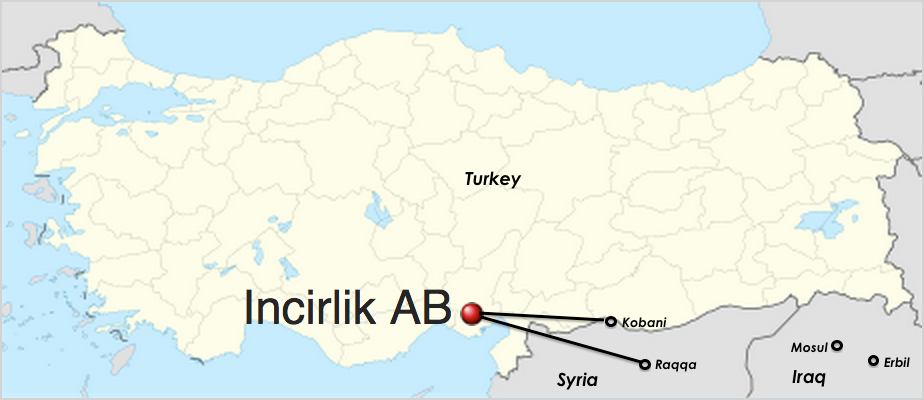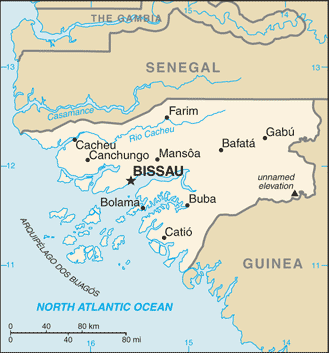A law signed last week in California has finally amended existing environmental laws to establish a pathway for more direct and cohesive input from Native American communities when they are concerned that land-use approvals for development might negatively affect heritage and sacred sites. Crown City News:
“This is an important step toward aligning California’s environmental laws with the values that are often espoused about respecting tribal heritage and history, not only for this generation, but for future generations of all Californians,” said Tribal Chairman Mark Macarro of the Pechanga Band of Luiseno Indians. “We deeply appreciate Assemblymember Gatto for his leadership, and the legislature’s support.”
[…]
California is struggling to preserve the last remnants of its Native American past. Recently, thieves stole carvings from an unprotected sacred site on the Volcanic Tableland, north of Bishop, and developers have sought to place everything from dumps, to housing developments, to granite mines, near or on top of ancient sacred sites.
“If we don’t do something, future generations will wonder what happened to California’s pre-Columbian heritage,” said Gatto.
[…]
Currently, tribes are not treated as coherent sovereign entities under CEQA [California Environmental Quality Act], but instead as mere members of the public, even if wishing to express a unified opinion about a site which has been a unique part of the tribe’s heritage for thousands of years.
With this oversight finally rectified, it’s expected that other long-sought reforms to the California Environmental Quality Act will now be passable, because new measures to “streamline” the law won’t risk the unintended side effect of making it even easier to roll over Native concerns.







